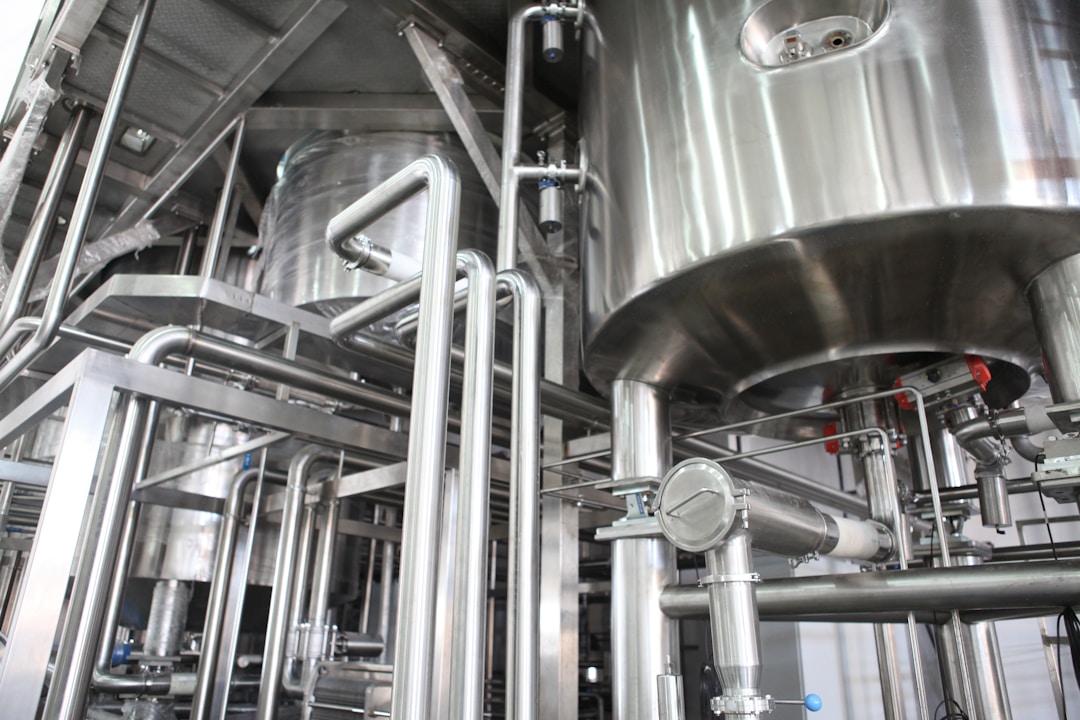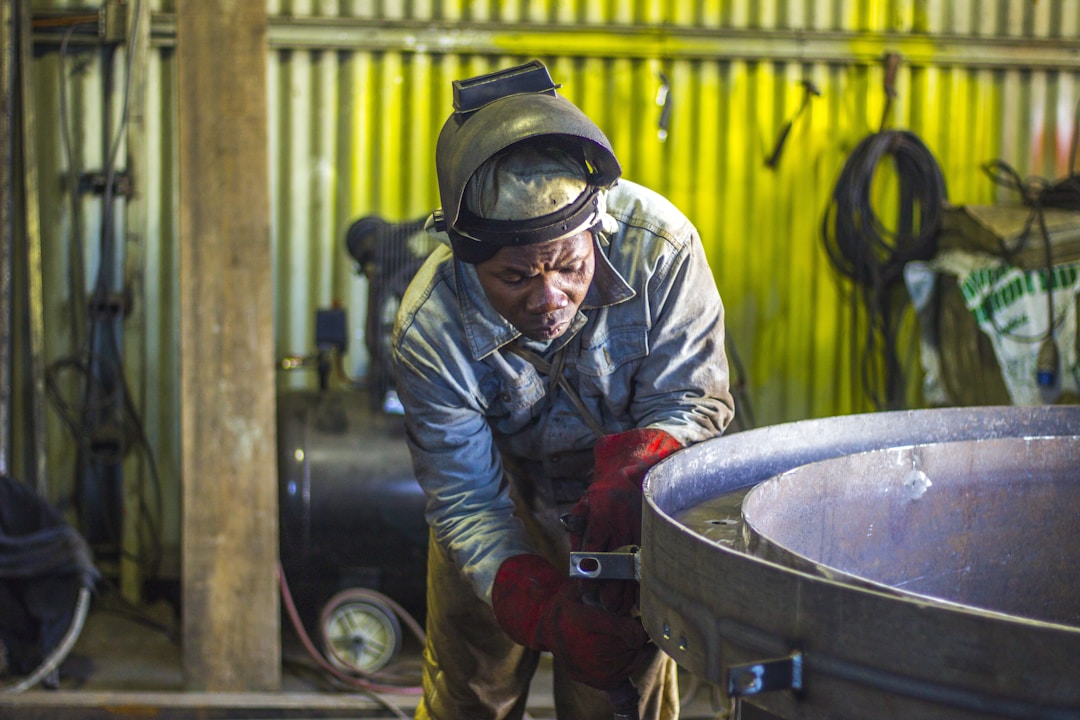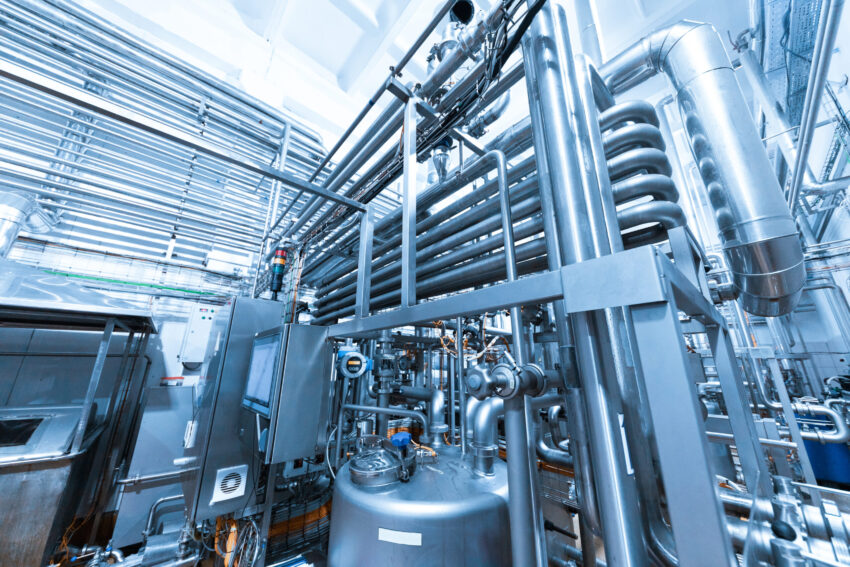In an industry where the success of your operation strongly hinges on the quality and consistency of your water supply, maintaining the operational efficiency of your reverse osmosis (RO) systems is non-negotiable. Systems designed to purify water are substantial investments, and it’s vital to understand how to optimize their functionality and longevity. This article delves into everything you need to know about maintaining your industrial RO systems. Keep reading to learn more.
Understanding the Anatomy of Your RO System
Before you can effectively maintain your RO systems, you must first understand their components and their role in the purification process. RO systems typically consist of several elements: the pre-filtration stage, the RO membrane, post-filters, and the system’s storage tank. Each part plays a significant role in ensuring you get clean, safe, and high-quality water at the end of the process.
The pre-filtration stage is essential in protecting the RO membrane from sediment and chlorine found in the feed water. It may involve several stages, such as carbon filters and sediment filters. The RO membrane is the core of the system and is responsible for removing dissolved salts, bacteria, and other contaminants. The post-filters provide final cleansing before the purified water is stored in the tank. The storage tank ensures there is always clean water ready for use. Knowledge of these components is crucial in identifying potential problems and implementing effective maintenance practices, which brings us to our next point, industrial RO system pretreatment.
Industrial RO pretreatment is a significant part of system maintenance. Proper pretreatment helps protect the RO membrane, enhances operational efficiency, and helps prevent issues like fouling, scaling, and system downtime. To ensure optimal RO performance and longevity, it’s essential to evaluate and maintain your pretreatment systems routinely.
The Importance of Regular Inspections
Regular assessments of your RO system are essential for early detection of potential problems and effective maintenance. Regular monitoring allows for routine system pressure, flow rates, and water quality checks. By consistently monitoring these factors, you can readily identify any changes in performance and swiftly address the issue before it escalates.
Aside from ensuring your equipment is performing optimally, regular inspections can also help prolong the lifespan of your system. During these check-ups, you’ll be able to identify worn-out parts that need replacement or repair, ensuring your system remains in tip-top condition for the long haul. Furthermore, these routine inspections can help to prevent costly system malfunctions and shutdowns.
A handful of key parameters should be evaluated during a regular system check. These may include your system’s flow rates, pressure readings, and the quality of the produced water. Monitoring trends in these parameters over time can reveal key information about the effectiveness of your system and potential areas for improvement. Overall, conducting regular inspections is an essential maintenance step in managing the health and efficiency of your RO system.
Implementing a Regular Cleaning Routine

Maintaining operational efficiency in industrial RO systems is a necessity, and one of the surefire ways to achieve this is through a regular cleaning routine. Cleaning your system routinely can help maintain and restore the performance of the RO membranes. Membrane fouling and scaling can substantially affect your system’s overall functionality, affecting water quality and operational costs.
When it comes to cleaning your RO system, it’s important to follow a protocol designed to target specific fouling materials. For instance, using citric acid and sodium bisulfite can help remove inorganic scales and biological fouling. An effective cleaning routine will champion the performance of your RO system and work towards prolonging the lifespan of your systems’ membranes.
Another beneficial aspect of cleaning rests in the potential diagnostic abilities it delivers. During the cleaning process, it may be easier to spot areas of concern, such as specific components showing signs of wear and tear, or even the early stages of common RO problems, such as fouling or scaling. By incorporating a regular cleaning routine, you consequently deploy another layer of protection for your valuable industrial RO system.
Timely Replacement of Filters and Membranes
Filters and membranes are fundamental components in RO systems; their condition greatly impacts the quality, safety, and taste of the water produced. Therefore, regularly replacing these elements is crucial to your maintenance routine. Over time, these components can become less effective due to the build-up of contaminants, making replacement essential to maintain optimal performance.
Generally, pre-filters should be replaced every six to 12 months, depending on the source water quality and usage. On the other hand, the precise timing for replacing RO membranes can vary greatly. Factors affecting RO membranes’ lifespan include the quality of feed water, the effectiveness of the pre-filters, the operating pressure, and the accuracy of periodic replacement of pre-filters.
The key takeaway here is to adopt a preventive approach. Monitoring, coupled with scheduled replacements, can assist in maintaining system efficiency and preventing unexpected system failures. Remember to always refer to the manufacturer’s instructions or consult professionals for advice tailored to your specific system and situation.
Monitor and Optimize Water Quality
The guiding principle behind an industrial RO system is to provide high-quality water. So staying on top of the water quality ensures the system operates as intended. There are several contaminant factors to remember, such as total dissolved solids (TDS), lead, and volatile organic compounds (VOCs), which could have detrimental effects on your operations if not managed properly.
Through continuous monitoring, you can ensure the water output remains within acceptable limits and any discrepancy calling for immediate attention is brought to light promptly. Quality supervision can be as simple as checking for peculiar tastes or odors, visual sediment checks, and at a more advanced level, using meters and sensory devices that accurately measure and detect contaminants.
Remember, RO systems are instrumental in providing consistent, high-quality water. However, their ability to do so relies heavily on diligent monitoring and the swift correction of water quality issues as they arise. This way, you can ensure the longevity of your system and the safety of your end product.
Incorporating the Use of Automation Technologies
Automation is a powerful tool that can help improve the efficiency and longevity of your industrial RO systems. With the advancement in technology, automated monitoring and control mechanisms can now regulate system performance, carrying out tasks such as monitoring pressure and temperature fluctuations, recording data trends, and even initiating automatic system shutdown during critical condition detections.
Automation systems can streamline your maintenance routine and take much of the guesswork out of the equation, allowing for timely and accurate decisions that substantially improve system performance and durability. The initial investment may be a considerable cost factor, but the long-term benefits are well worth it, especially when compared to the cost implications of a major system failure.
While automation provides incredible benefits, it doesn’t entirely replace human monitoring and manual inspections. Regular visual inspections are still essential for spotting physical issues that automated systems may not detect. Thus, adopting a hybrid approach that combines both automation technologies and human expertise often yields the best results for maintaining your industrial RO system.
Training Your Workforce

Lastly, an industrial RO system’s performance largely depends on the individuals who operate it. Equipping your staff with the necessary skills and knowledge is often one of the most overlooked yet critical parts of maintaining your system’s longevity and efficiency.
A well-trained workforce will have a sound understanding of system functionality and will also predict and troubleshoot issues before becoming serious problems. It’s crucial to ensure that all operators and maintenance staff are thoroughly trained, not just in operating the system but also in understanding the fundamental principles of RO.
Maintaining an industrial reverse osmosis system requires consistent work, but this task becomes manageable and fruitful with the right tools and approach. It involves understanding the system components, conducting regular inspections, cleaning, timely replacements, monitoring water quality, using automation, and training your workforce. By implementing these practices, you can ensure that your RO system performs effectively, providing high-quality water for your operations for a long time.
